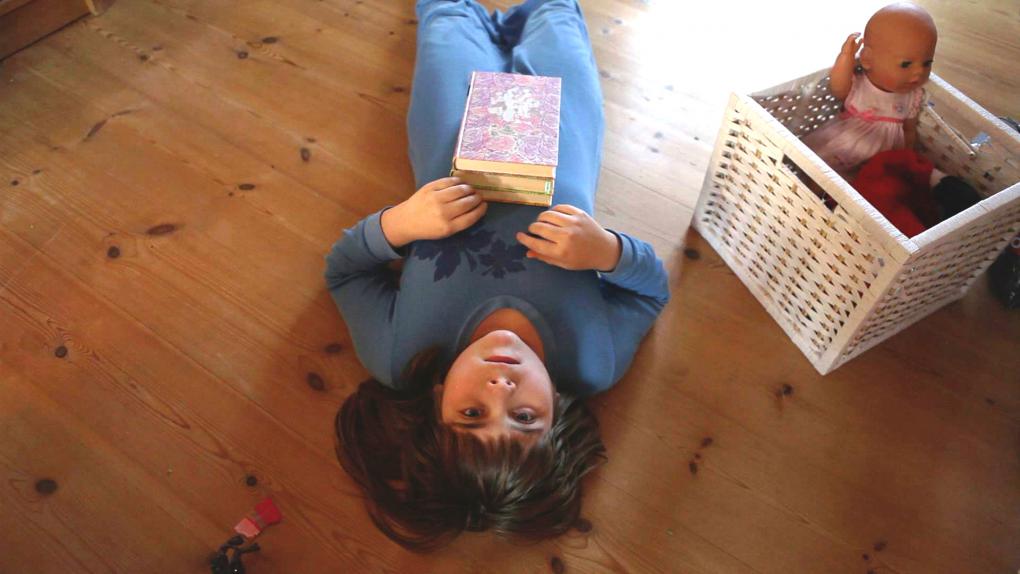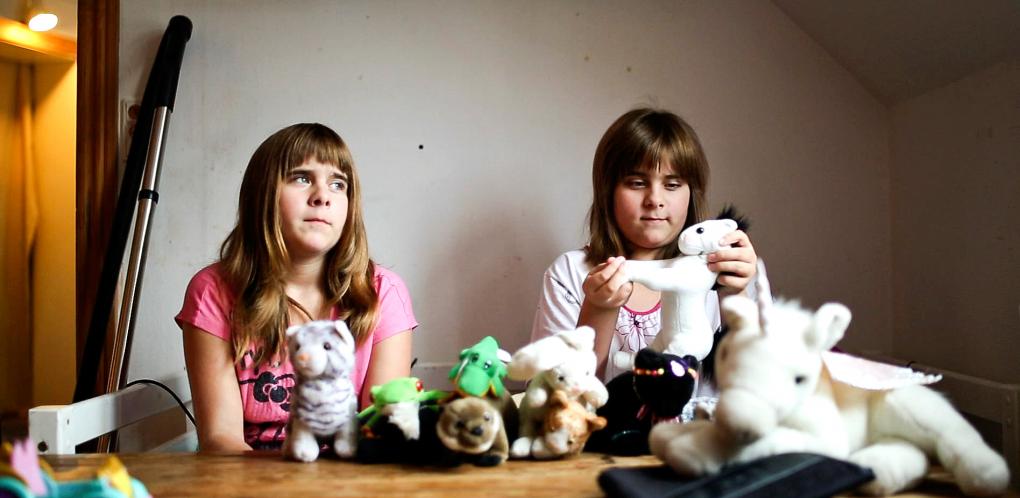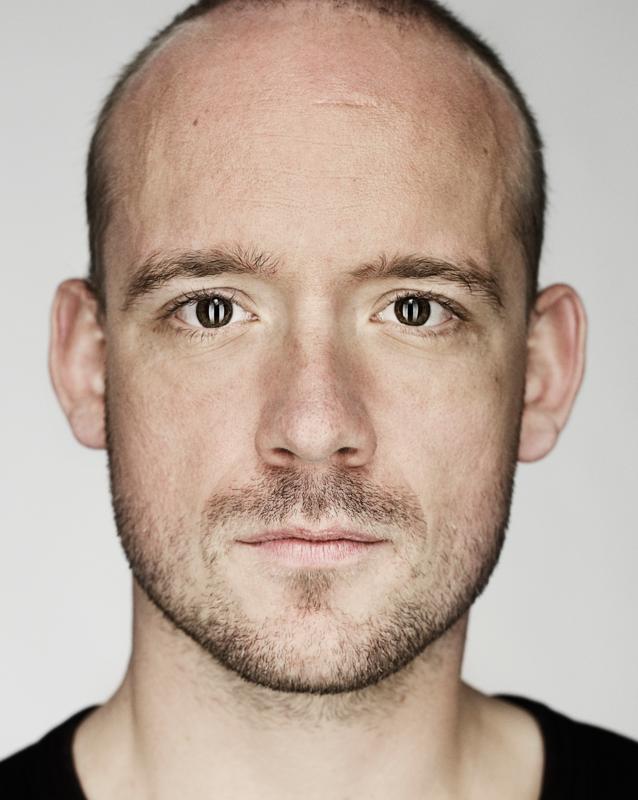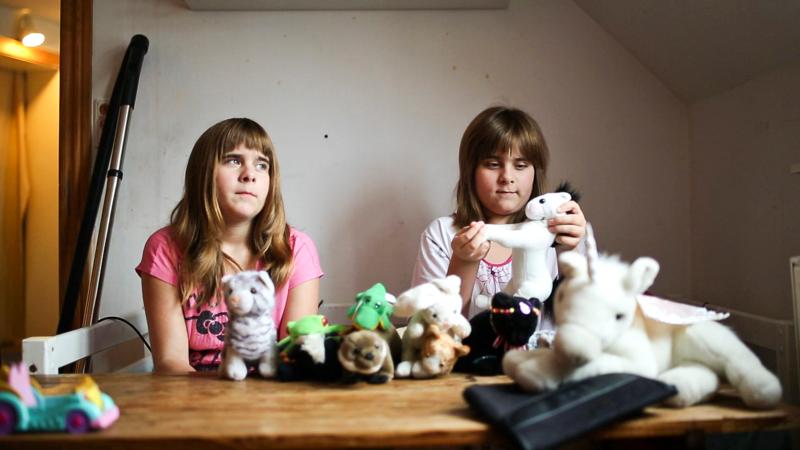
Scanning Kasper Astrup Schröder’s filmography reveals a striking diversity.
The self-taught Danish documentarian ranges widely. From his debut about an aging Japanese inventor, in 'The Invention of Dr. Nakamats' (2009), to a gripping account of Chinese children in an orphanage, in 'Waiting for the Sun' (2017). From Storm, a two-year-old boy who gets a baby brother, in 'Mine Mine' (2011), to the world-famous Architect Bjarke Ingels, in 'Big Time' (2017), which he shot over six years.
In his tenth documentary, the multitalented filmmaker – who also works in graphic design and, apart from directing, often shoots and edits his own films – opens a window into the world of two girls with autism.
'Fantasy, Fantasy' follows twin sisters Molly and Smilla from age 11 to 15. Early on in the film, we see them frolicking in their shared fantasy bubble. But then puberty comes knocking and everything gets more complicated. The sisters’ differences become more pronounced and they start growing apart, their symbiosis broken.
As they become more self-aware, they also struggle with the painful sensation of being different. It becomes apparent to them that they have a hard time doing certain things, and we listen to their concerns about the future. Smilla is more light-hearted than Molly, but she is burdened with a feeling of responsibility for her sister. The twins, especially Molly, find an outlet in music. They are both singers, and we are treated to a touching rendition of Radiohead’s 'Creep' at a recital at the special needs school they attend.
Ok to be different
The film tells a character-driven story, a key feature of all Astrup Schröder’s films. Fuelled by curiosity and fascination, his documentaries become a shared exploration for him and his protagonists.
"I’m interested in the gap between 'want' and 'need'. It’s characteristic of the people in my films that they want something they think is important, when actually it’s something completely different they need," he says.
"In 'Fantasy, Fantasy', Smilla and Molly want to get back to their childhood symbiosis and be like everyone else, but what they need is to accept that it’s okay to be different from your twin sister and from everyone else."

From symbiosis to independence
Astrup Schröder met the two girls at a special needs school close to where he lives.
"When I had my own children, it struck me how different they were," he says. "I became interested in examining how children can be so unlike. At the school, I had a chance to meet kids who each were very unique. When I got to know the twins, I was fascinated by how their imagination ran wild, and how they challenged and strengthened each other."
The filming process wasn’t easy. The girls’ moods were unpredictable. Sometimes when Astrup Schröder showed up to film, they would be happy and open. Other times he was met with a closed door and had to pack his things back up.
The filmmaker followed the twins over four years, and it took him a long time to decide what the angle of the story should be. But slowly he realized it should be about their journey from symbiotic to independent individuals. When he was at the school recital, after four years of filming, he also realized that was a natural ending for the film.
Asked if he can see a common thread in his widely disparate films, he responds that he’s fascinated by things that are out of the ordinary.
"I’m interested in exploring that which differs from the norm, which is odd or stands out but also contains something universally familiar, locating myself within an unfamiliar framework and revealing the universal emotions hidden there."


